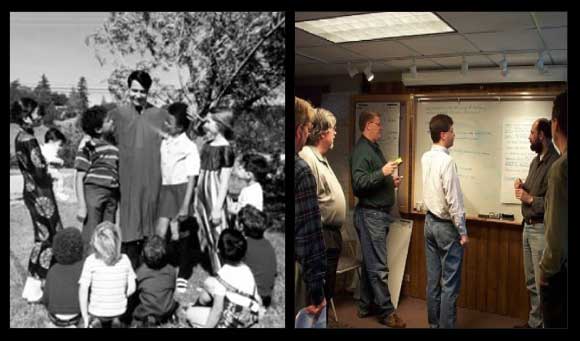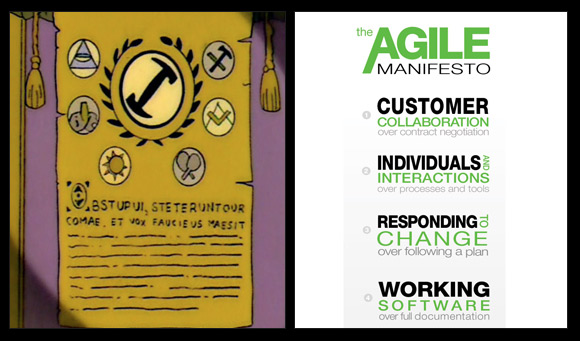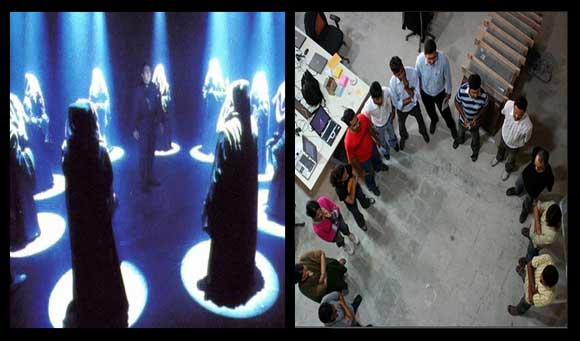CNBC posted an article last week that really resonated with me.
From their article:
A recent study from Stripe and Harris Poll found that 61 percent of C-suite executives believe access to developer talent is a threat to the success of their business. Perhaps more surprisingly — as we mark a decade after the financial crisis — this threat was even ranked above capital constraints.
I’ve been working on recruiting for FATMAP for the past few months. Whether for internal positions, or freelance, not only are qualified engineers more and more difficult to find, it is increasingly they who are alone dictating the terms of their employment.
When I first started recruiting engineers back in the early 2000s, engineers applied for a position. The employer set the terms of the employment. Now, it is increasingly the engineers who set the terms.
It’s no longer companies interviewing candidates. It’s candidates interviewing companies. Companies must convince the employee, rather than the other way around.
This is of course great for employees. But when I look at the candidates coming through, sometimes I worry that this generation of developers are being conditioned by the extremely employee-friendly environment to respond to the wrong incentives.
With so much competition for engineers, is there less incentive for engineers to focus on doing great work and developing themselves…?
There are so many companies with so much capital
, which leads to so much competition for engineers, and when the demand for something goes up, so does the price. That price is being borne out not just in salary, but in an expectation of perks and other benefits.
At FATMAP, we place a lot of focus on finding the right people for the team. We look for missionaries rather than mercenaries. We want people to be in it for the mission; people who share our values but most importantly who believe in our company and want to share in our success.
We believe that building the most talented team of missionaries is the key to success. We’re not climbing on the mercenary engineer treadmill.
I only hope that the next generation of new software engineers follow incentives to build great products that customers love and that make a difference – and don’t just chase the big money and free snacks.









